- Home
- TV History
- Network Studios History
- Cameras
- Archives
- Viewseum
- About / Comments
Skip to content
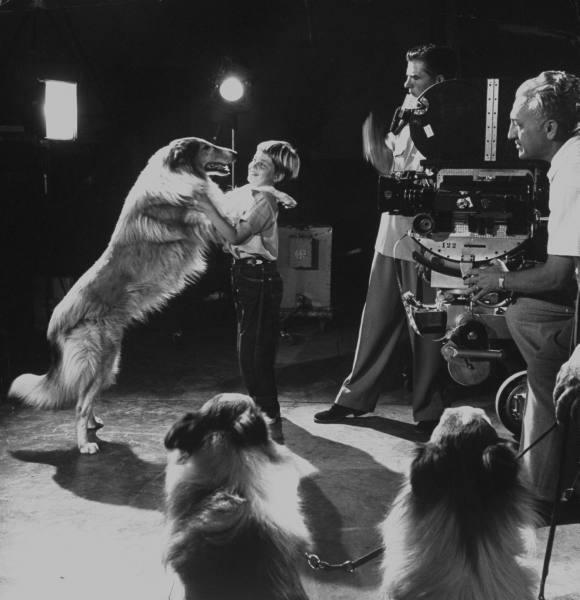

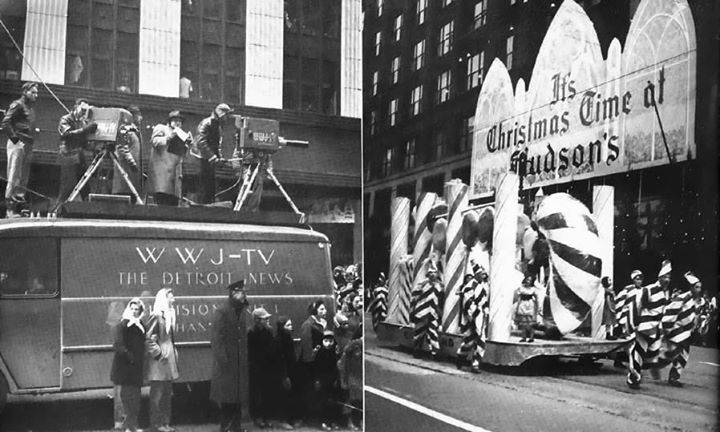

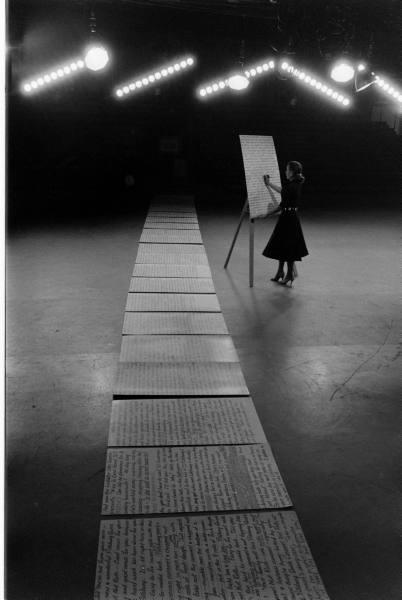

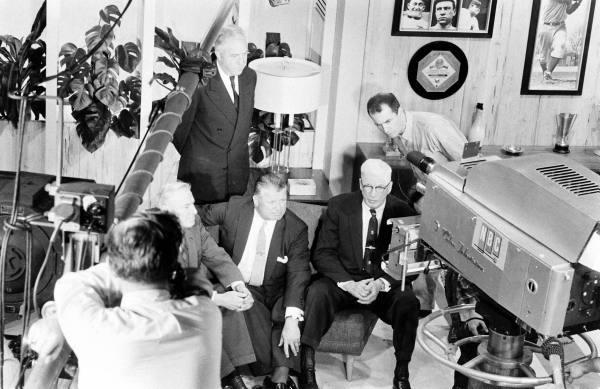

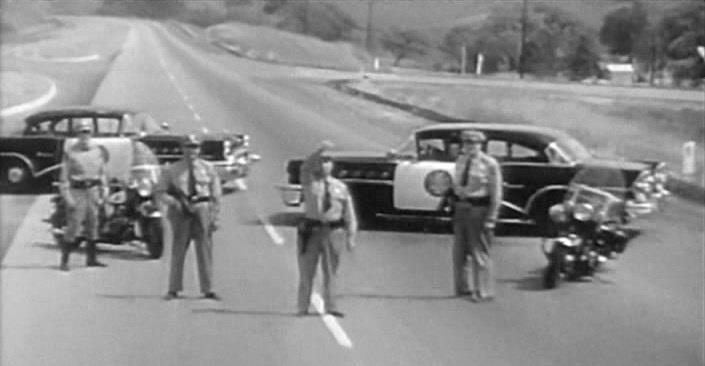

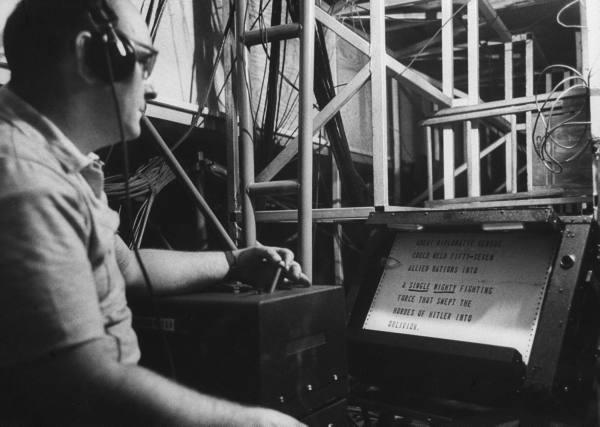



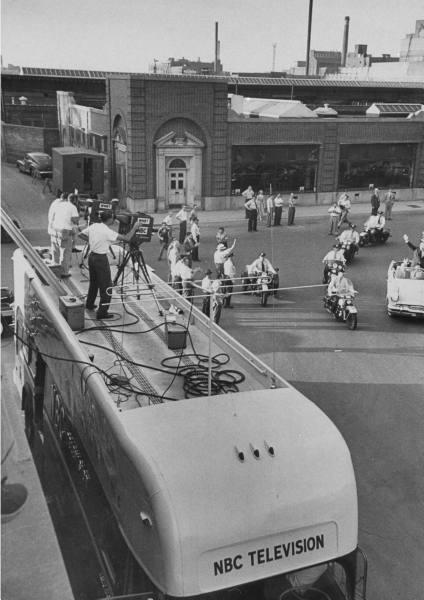

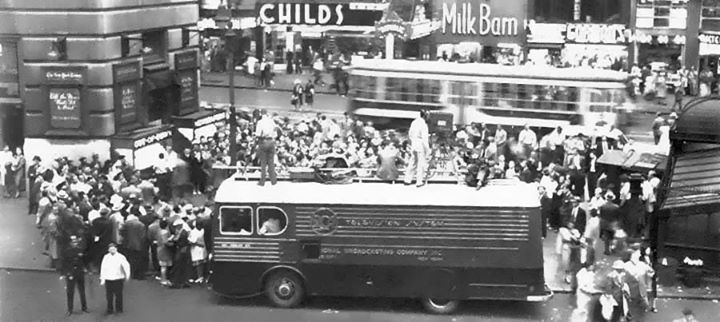

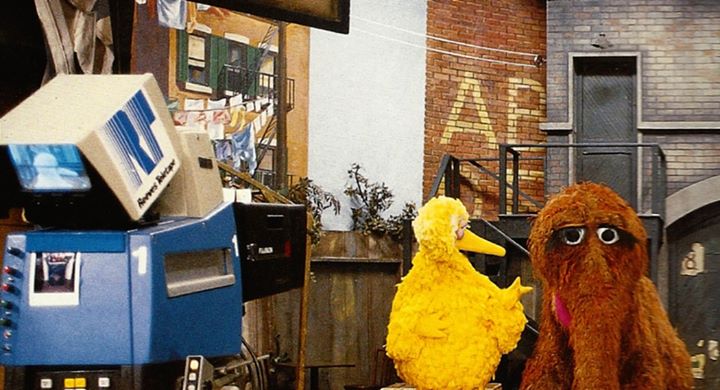

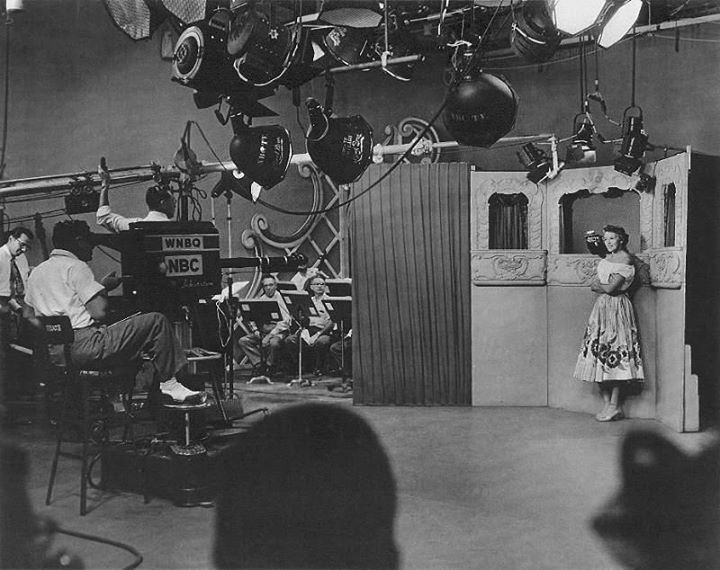

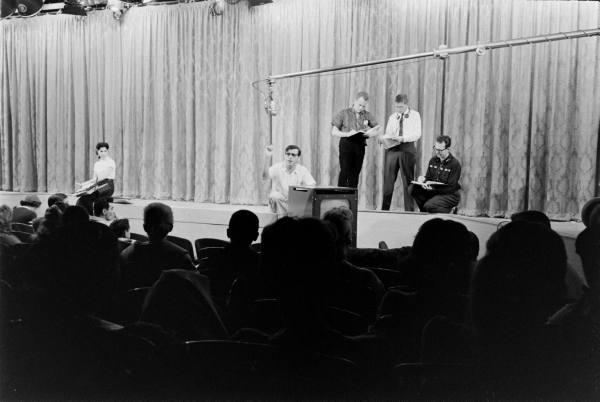

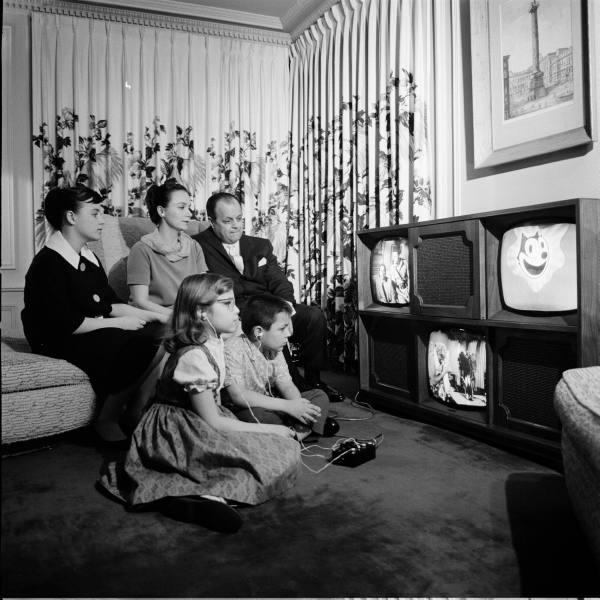

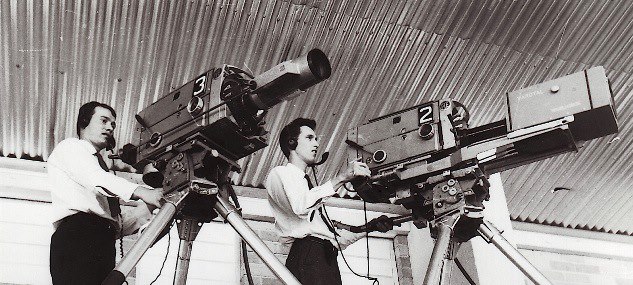

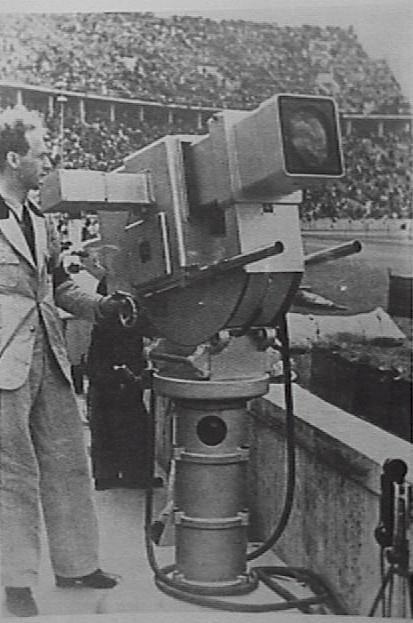

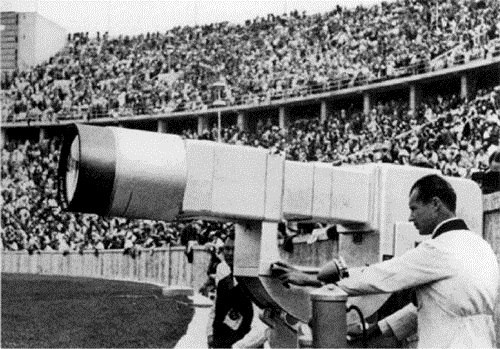





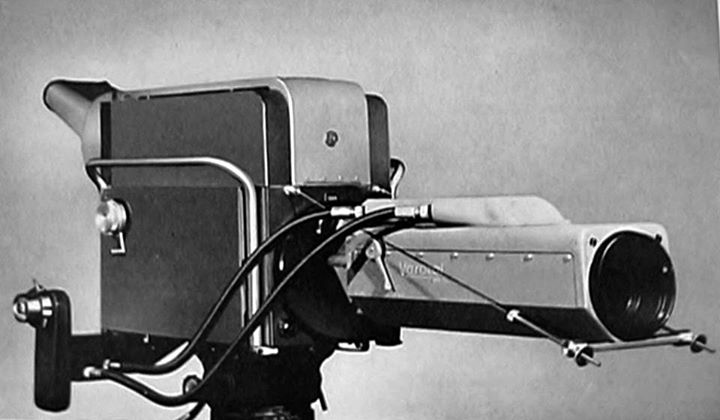

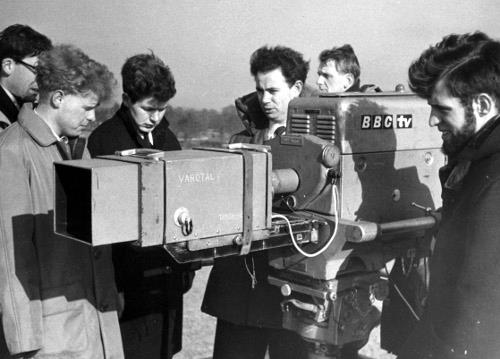

Posts in Category: TV History
Page 130 of 136
« Previous
1
2
3
4
5
6
7
8
9
10
11
12
13
14
15
16
17
18
19
20
21
22
23
24
25
26
27
28
29
30
31
32
33
34
35
36
37
38
39
40
41
42
43
44
45
46
47
48
49
50
51
52
53
54
55
56
57
58
59
60
61
62
63
64
65
66
67
68
69
70
71
72
73
74
75
76
77
78
79
80
81
82
83
84
85
86
87
88
89
90
91
92
93
94
95
96
97
98
99
100
101
102
103
104
105
106
107
108
109
110
111
112
113
114
115
116
117
118
119
120
121
122
123
124
125
126
127
128
129
130
131
132
133
134
135
136
Next » World’s Easiest Trivia Question
On September 14, 2012
- TV History
World’s Easiest Trivia Question
In this November 1954 photo we see the fist boy owner, Tommy Rettig who played Jeff Miller, and his dog _________.
In ’57 Rettig left and was replaced by Jon Provist as Timmy Martin. The show was the creation of producer Robert Maxwell and animal trainer Rudd Weatherwax and was televised from September 12, 1954, to March 24, 1973. One of the longest running dramatic series on television, the show chalked up seventeen seasons on CBS before entering first-run syndication for its final two seasons. Initially filmed in black and white, the show transitioned to colour during 1965.
A Distant Memory…Remember Hudson’s Thanksgiving Parade From Detroit?
On September 14, 2012
- TV History
A Distant Memory
Remember the Hudson’s Thanksgiving Parade from Detroit? Did you know this started in 1924, two years before rival Macy’s parade?
The parade was first broadcast in 1931 on radio station WWJ, but came to television in 1959 and that’s the year this photo was made. It was also telecast by Detroit’s WXYZ-TV that year and was hosted by ventriloquist and puppeteer Shari Lewis and her puppet Lamb Chop and carried nationally on the ABC broadcast network.
In 1960, the CBS broadcast network began to air portions of the parade and continued to do so for the next twenty-five parades. After a brief break in the mid-1980s, CBS returned to cover the parade through 2002 as part of its All-American Thanksgiving Day Parade compilation show. After being broadcast on WWJ, later WDIV, for over twenty years, local coverage switched to WXYZ for several years in the 1980s before returning to NBC-affiliate WDIV in the mid-1990s
The Road To Hell Is Paved With Q Cards!
On September 14, 2012
- TV History
I’m pretty sure this is a photo from “The Art Linkletter Show” or his “House Party” show at Television City. I can’t imagine being the person who had to write these cards daily, but reading them live from 8 feet away is a pretty good trick too!
Necessity Is The Mother Of Invention
On September 14, 2012
- TV History
Necessity Is The Mother Of Invention
The Colonial Theater in NYC was literally ground zero for RCA color testing and innovation. Note the steering ring under one of the first TK40s. The TD 1 pedestal was all there was at the time, but with the size of the TK40, the small steering ring was to hard to get to, so, they innovated. The new counterbalanced TD 3 pedestal came out around 1954, but could not hold a TK40 or 41. It did however have a larger steering ring and the crew here got one, turned it upside down and attached it to the old ring. Soon after, RCA and Houston Fearless came out with a larger, flat ring for the TD 1 peds that could be retrofitted. This camera does have a cradle head made especially for the TK40/41, but early on, they were mounted on the old friction heads that were made for the TK10s and 30s but were not strong enough to handle the 375 pound color cameras.
Hiway Patrol: Flashback
On September 13, 2012
- TV History
Hiway Patrol: Flashback
I always loved the look of this car…the 1955 Buick Century. As a kid, I watched this show every week. If it’s ‘been a while’ for you too, take a look at this full episode.
Politicians And Teleprompters Go Way Back
On September 13, 2012
- TV History
Politicians and Teleprompters go Way Back
Here’s a shot from under the podium at the 1952 republican convention. This prompter script is not for television talent…it’s for the politicians delivering speeches to the delegates. This is probably one of the first times teleprompters were used for this purpose.
RCA’s ‘Walkie Lookie’ Wireless Camera, 1952
On September 13, 2012
- TV History
Here’s a shot from the 1952 Republican National Convention in Chicago showing the 3 lens version of RCA’s new portable, wireless back pack camera. It could pitch a signal half a mile to the base station. Trying to do this with color took a lot longer and a lot more knee surgeries for the cameramen.

NBC’s Mega Mobile Unit: 1952
On September 13, 2012
- TV History
NBC’s Mega Mobile Unit: 1952
This is quite a step up from the unit in the photo below this and probably can handle up to 6 cameras. I think this unit was finished just in time for the 1952 political conventions which were both held at Chicago’s International Amphitheater. The republicans were there July 7-11 and the democrats from July 21-26. This photo is from the RNC and I think shows General Eisenhower arriving.
More Design Influence From John Vassos
On September 13, 2012
- TV History
More Design Influence From John Vassos
Even here, on this early RCA Mobile Unit, his style is present. The art decco chrome bands on the side and mudflaps are a Vassos touch. This 1947 shot from Times Square has a couple of TK30s on top of one of RCA’s first few remote trucks that were probably built just before the 1939 Worlds Fair. Originally outfitted with Iconoscope equipment, then Orthicon equipment, they were again refitted with Image Orthicon equipment in 1946.


Well, What Have We Here?
On September 12, 2012
- TV History
Well, What Have We Here? Revised
This Reeves Teletape TK47 is a VERY UNUSUAL! Having never seen one with the row of adjustment knobs (far left) on the rear panel, I did more research. My conclusion is that only the TK47 EP (Enhanced Performance) model had these. The EP model came out in 1980. The TK47A (1978), TK47B (’82) with standard cable and the 47B Triax model had no rear control knobs. The TK47B Triax model debuted along with the standard cable B model in ’82.
A Kukla, Fran and Ollie Surprise
On September 12, 2012
- TV History
A Kukla, Fran and Ollie Surprise
In yesterday’s photo, you could not see the band, or the real surprise…a Zoomar Super Field lens at work in the studio. This is the only production I’ve ever seen that uses this 27 element lens inside.
Does This Curtain Look Familiar?
On September 11, 2012
- TV History
Does This Curtain Look Familiar?
If you are a Jack Benny fan, it does! The open and close was done in front of these for many years at Television City. The man in the glasses, under the boom, is the director, Ralph Levy who also directed many episodes of I Love Lucy (including the pilot), Green Acres, The Beverly Hillbillies, Petticoat Junction, Trapper John, M.D. and Hawaii Five-O. Levy won the 1960 Emmy Award for Outstanding Directorial Achievement in Comedy for The Jack Benny Program.
Ever See One Of These?
On September 11, 2012
- TV History
Ever See One Of These?
I believe this is an RCA set from around 1968. There is a record player behind the top center panel and it looks like the black box is for ear bud audio. LBJ would have loved this.
Zoomar VS Varotal
On September 11, 2012
- TV History
Zoomar VS Varotal
It would be interesting to see the difference. Here, two Pye cameras, which may be 1″ Videcon models, shoot side by side with the left camera using a Zoomar Field Zoom and the other using a Varotal Mark II zoom circa 1959.
1936 Telefunken Camera 1 of 2
On September 11, 2012
- TV History
1936 Telefunken Camera 1 of 2
The cameraman is Walter Bruch and he’s shown here at the 1936 Berlin Olympics operating one of two Telefunken cameras at the event. As you will see in the companion photo, one of these two Telefunken cameras (Fernseh also had a camera there) has a huge lens attached. On close examination of both images, it could be the same camera with an additional lens section. What do you think?
1936 Telefunken Camera 2 of 2
On September 11, 2012
- TV History
1936 Telefunken Camera 2 of 2
This is without a doubt the largest ‘made for television’ lens I’ve ever seen on a camera. This is one of 3 cameras used at the 1936 Summer Olympic Games in Berlin, and is made by Telefunken. This is possibly the same camera as shown in the companion photo with an additional lens piece attached, or it could be a different camera, but if you study the lens assembly, you’ll see that it could easily be an added element.
These games were televised by two German firms, Telefunken and Fernseh, using RCA and Farnsworth equipment, respectively. This marked the first live television coverage of a sports event in world history. Both systems broadcast at 180 lines and 25 frames per second. Four different areas were telecast using three cameras. In total, 72 hours of live transmission went over the airwaves to special viewing booths, called “Public Television Offices” in Berlin and Potsdam. Germany had regularly scheduled transmissions from as early at 1929.
President Eisenhower’s Funeral
On September 11, 2012
- TV History
President Eisenhower’s Funeral
I think what we see here is CBS preparing for coverage of the final memorial service in Abilene, Kansas with the Eisenhower Presidential Library in the background. The cameras look like GE PE 350s.
On March 28, 1969, Eisenhower died of congestive heart failure at Walter Reed Army Hospital in Washington, D.C.. The following day his body was moved to the Washington National Cathedral’s Bethlehem Chapel, where he lay in repose for 28 hours. On March 30, his body was brought by caisson to the United States Capitol, where he lay in state in the Capitol Rotunda. On March 31, Eisenhower’s body was returned to the National Cathedral, where he was given an Episcopal Church funeral service. That evening, Eisenhower’s body was placed onto a train en route to Abilene, Kansas. His body arrived on April 2, and was interred later that day in a small chapel on the grounds of the Eisenhower Presidential Library.
Kukla, Fran and Ollie
On September 11, 2012
- TV History
Kukla, Fran and Ollie
Here’s a nice shot from home base, WNBQ, Chicago. Burr Tillstrom was the creator and only puppeteer on the show, which premiered as the hour-long ‘Junior Jamboree’ locally on WBKB in Chicago, on October 13, 1947. The program was renamed ‘Kukla, Fran and Ollie’ and transferred to WNBQ (the predecessor of Chicago’s WMAQ-TV) on November 29, 1948. The first NBC network broadcast of the show took place on January 12, 1949. It aired from 7–7:30 p.m. Eastern Time, Monday through Friday from Chicago.
Fran was Fran Allison, a radio comedienne and singer who was usually the only human to appear on screen, filling the role of big sister and cheery voice of reason as the puppets engaged each other concerning their foibles. The design style of puppets was in the style of Neapolitan puppet shows, or Punch and Judy without the slapstick.
Fans became so attached to the show that when it was cut back to 15 minutes in November 1951, letters of outrage poured in to NBC and The New York Times. From August 1952 to June 1954, the show ran as a weekly program on Sundays from 3–3:30 p.m. When NBC canceled it, ABC TV picked up the show and returned to the 15 minute daily format airing from 7-7:15 p.m. ET until the last regular program aired on August 30, 1957, a continuous run of nearly ten years. See a clip below.
Varotal Mark III Field Lens
On September 10, 2012
- TV History
Varotal Mark III Field Lens
This is quite a big boy and I would imagine it took a bit of lead weighs on the pan handle to help balance this. A lot of operators mounted these upside down so they could move the zoom control to the left side of the camera, as the focus demand was built in on the right side. In most countries, most operators have the focus on the right and the zoom on the left and that’s a hold over from the 50s and 60s cameras. Here in the US, most cameras are setup with zoom demand right and focus left.
Varotal Mark I Field Zoom
On September 10, 2012
- TV History
Varotal Mark I Field Zoom
Many of us are familiar with the Varotal Mark III lenses, but here is the Mark I mounted on a Marconi Mark II camera in 1953. Varotal is a product of Rank Taylor Hobson.
Page 130 of 136
« Previous
1
2
3
4
5
6
7
8
9
10
11
12
13
14
15
16
17
18
19
20
21
22
23
24
25
26
27
28
29
30
31
32
33
34
35
36
37
38
39
40
41
42
43
44
45
46
47
48
49
50
51
52
53
54
55
56
57
58
59
60
61
62
63
64
65
66
67
68
69
70
71
72
73
74
75
76
77
78
79
80
81
82
83
84
85
86
87
88
89
90
91
92
93
94
95
96
97
98
99
100
101
102
103
104
105
106
107
108
109
110
111
112
113
114
115
116
117
118
119
120
121
122
123
124
125
126
127
128
129
130
131
132
133
134
135
136
Next »